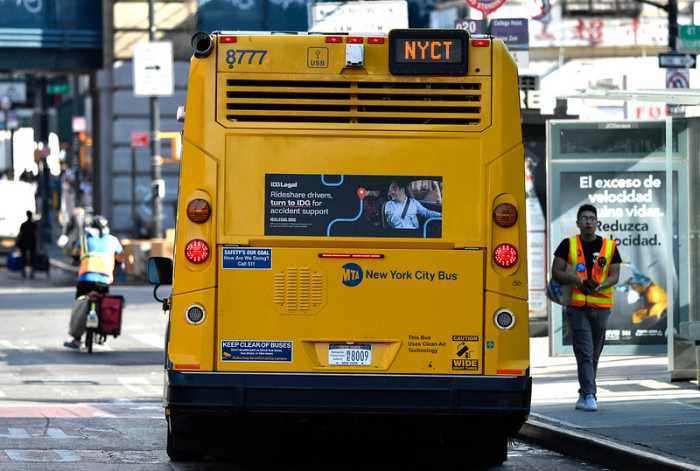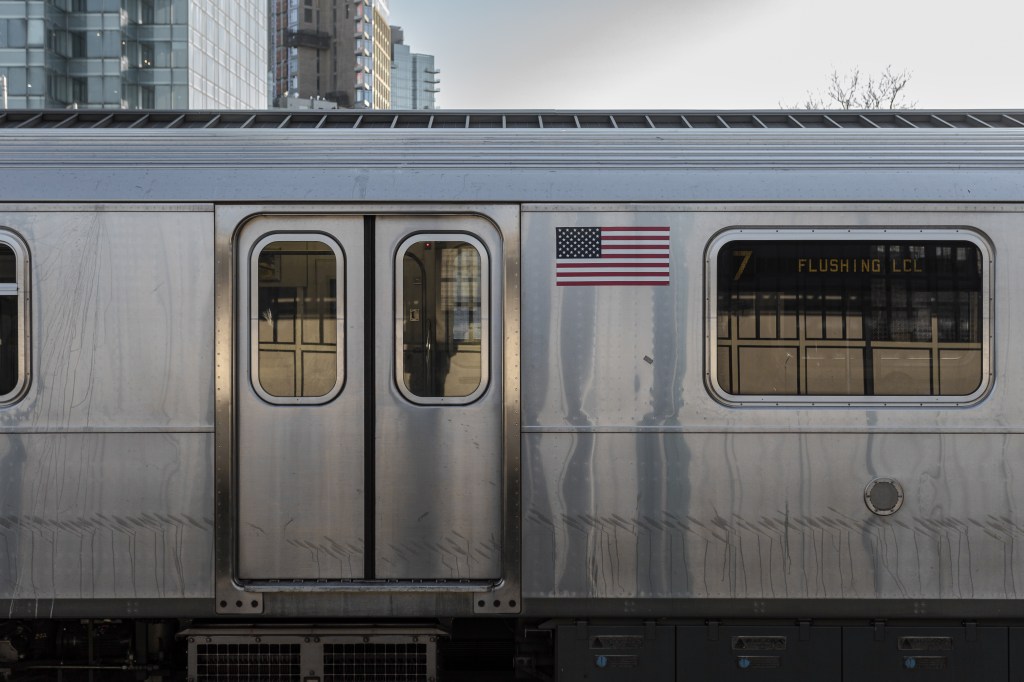By Gabriel Rom
A system used in the construction industry called “design-build” and widely considered a success in Queens as part of the Kosciuszko Bridge project is being closely watched by city officials, organized labor and the construction industry.
In May, Swedish construction giant Skanska in a joint venture with the firms of Kiewit and ECCO III, along with lead design firm HNTB, was awarded a $555 million design-build contract with the state Department of Transportation for the reconstruction of the Kosciuszko Bridge. The project was considered an ideal candidate for design-build, which combines the design and the construction phases of a project and bundles them into a single contract. City agencies, however, have been unable to use design-build projects because of political wrangling in Albany.
“The Kosciuszko Bridge is a design-build success story,” said Richard Anderson, president of the New York Building Congress. State DOT contends that design-build could shave over three years off the Kosciuszko Bridge’s expected completion date. The first phase of the project will be completed by early 2017, saving three or more years and the cost of maintenance and repairs for the existing bridge. Originally scheduled to go out to bid in early 2021, the second phase of the project has also been expedited and is now planned for late 2017.
“Unfortunately, other projects in Queens and throughout the city are being penalized,” Anderson added. “There are some real unfortunate circumstances around the state legislative debate.”
After the authorization of design-build procurement for some state projects expired in December 2014, unions attempted to attach language mandating project labor agreements for any design-build renewal throughout the state, but contractors balked at the bill’s updated terms, which would have required all design-build jobs to be unionized.
In December 2014, Susan Kent, president of the Public Employees Federation, told an Assembly hearing that she would welcome the program’s imminent demise, saying it was “really some sort of a sham to really get money into mega-corporations’ pockets,” according to a report in Capital New York.
A representative for the Public Employees Federation could not be reached for comment.
The expansion of the program died on the state legislature floor, leaving the city in the lurch and in 2014, Gov. Andrew Cuomo extended design-build authority for the state, but without the expansion that many in the city wanted. Two bills currently are on the state legislature floor in Albany that would authorize design-build projects for a number of city agencies.
“The Kosciuszko Bridge project is a good example of the time and cost savings and innovation that the city would also benefit from if it received authority to use design-build,” said a city DOT spokesman.
“Utilizing design-build will upgrade our vital infrastructure in a way that expedites the overall project and saves taxpayer dollars,” said Cuomo (D-New York) in a May statement about the Kosciuszko Bridge project.
Over the past few decades, New York state has seen increased, yet limited use and acceptance of design-build legislation.
“There is no reason that given the state’s infrastructure needs, that design-build should not be in the tool kit, for city, state and public authority agencies,” said Maria Doulis, vice president of the Citizens Budget Commission.
.
Reach reporter Gabriel Rom by e-mail at grom@


































